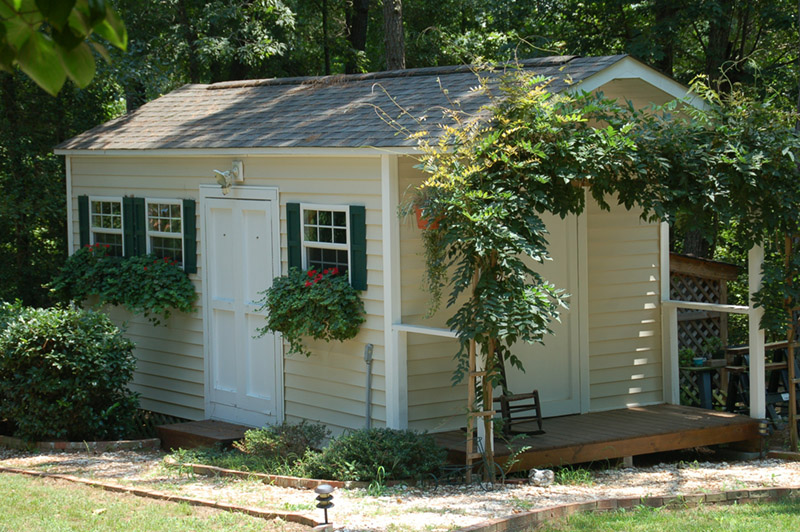By Barry Bridges
The term “mother-in-law apartment” seems straight out of the Don Draper era – a sardonic reference to strained relations between married couples and parents. These days, many homeowners are turning to these separate-but-joined living quarters as a way to reduce friction in their daily lives, not increase it.
“Mother-in-law apartment” is one of the many nicknames for something known in government circles as an accessory dwelling unit, or ADU. They’re also called granny flats, garden suites, carriage houses and sidekicks. Whatever you call it, an ADU expands a home’s living space through renovation or by adding a separate structure.
The purposes and desired rewards of ADUs vary. You could use the extra space to house an aging family member, an arrangement that offers convenience, peace of mind and an alternative to pricey senior housing.
Got a Boomerang Kid who’s back at home after finishing college? An individual living space can supply some adult-level privacy as he or she figures out a career strategy.
For homeowners without familial obligations, renting out their ADU is a way to earn extra income.
The potential benefits of a mother-in-law apartment are clear. But before you start thinking about floor plans and furnishings, make sure you also have a clear understanding of the work involved
Get ready to spend
ADUs typically fall into two categories: attached (a converted garage or basement, for instance) or detached (such as building a free-standing cottage beside your home). Whichever route you take, be prepared to spend some money and navigate your way through some red tape.
The costs of planning, designing and constructing an ADU can vary a great deal, mainly depending on whether you want to add to an existing home or build from the ground up.

Converting a garage into a separate living space could cost as little as $40,000. Building a detached structure tends to be more expensive, with costs that could approach $100,000 or more. Advocates say prefabricated cottages offer an affordable option, but any ADU is a serious investment.
Think about how you plan to use the unit – as living space for a family member or as a source of income – and spend your money in the way that makes the most economic sense.
What about regulations?
Like any other living space, your ADU will have to comply with local and/or state housing regulations. Fortunately, many urban planners like the ADU concept because it can provide affordable housing options without the negative effects of large-scale residential developments.
In California, some state and local officials have even taken steps to ease restrictions on ADUs. For example, Placer County regulators voted earlier this year to decrease the minimum lot size for accessory units from 10,000 square feet to 5,000 square feet. And State Sen. Bob Wieckowski recently sponsored legislation that includes the elimination of certain fees.
Just like the cost of an ADU, the regulatory landscape can vary by location. Contact your city’s zoning department, or its equivalent, to learn about the requirements in your community.
Protecting your investment
The prep work doesn’t end with blueprints and building permits. You should also make a plan to insure your ADU so that the property and people have adequate protection.
Coverage options may vary by provider and policy, which makes it important to consult with your home insurance agent about questions, such as:
- Will this unit need its own insurance or will your existing homeowners policy cover it?
- What are the liability implications of adding an ADU to your home?
- If you’re renting out the unit, will you need to get landlord insurance?
- Should you require tenants to have renters insurance to help protect their belongings?
Consider the answers carefully, because they could directly influence your decision.
Don’t forget the due diligence
“Mother-in-law apartment” may have some snarky undertones, but a well-planned and well-executed ADU could seriously improve quality of life for you and your family.
Just make sure that you do your homework – exploring the costs, regulations and insurance requirements – before you start working on your home.
Related:
- Why Sharing Your Home Just Got Easier
- One Family’s Quest to Make Room for Grandma
- What to Know Before Building a Guesthouse
Note: The views and opinions expressed in this article are those of the author and do not necessarily reflect the opinion or position of Zillow.
Originally published May 3, 2016.

